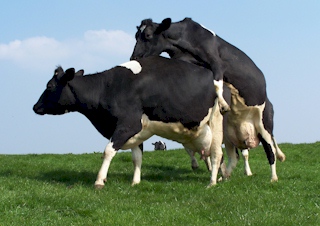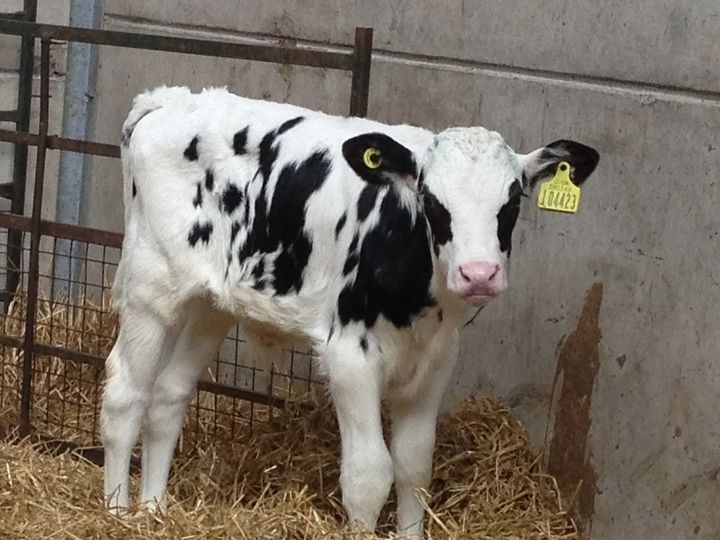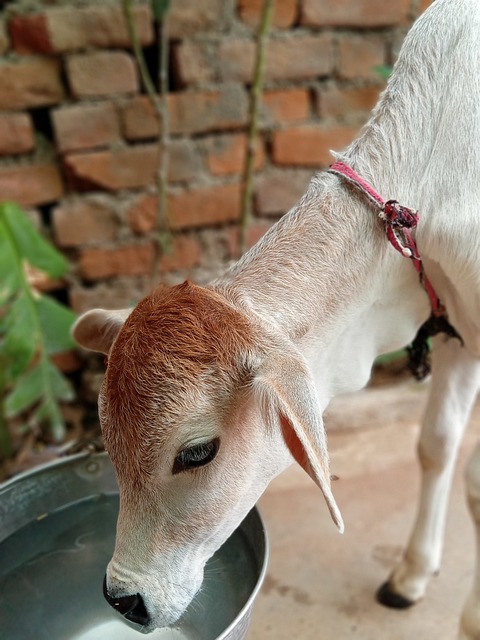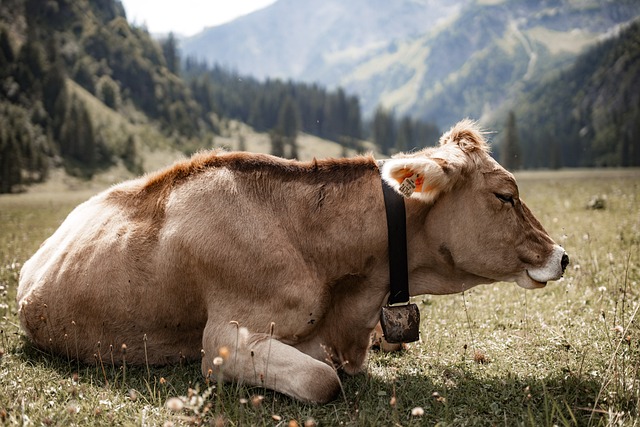Successful calf rearing is crucial for maximizing profitability in cattle farming. The foundation of a profitable calf-rearing operation starts with the selection of healthy, high-quality calves and continues with proper feeding and care to ensure optimal growth and development. Here are key guidelines to follow for achieving high profitability in calf rearing.
1. Selection of Calves
Selecting the right calves is vital for the success of your rearing program. Consider these guidelines when choosing calves for your next stock:
- Source Quality Stock. Purchase calves from a reputable farmer to ensure they come from a well-managed herd with good health practices.
- Age and Weight. Choose calves that are four to five days old and weigh at least 40 kilograms. This ensures they are strong enough to adapt to their new environment.
- Health Checks. Examine calves for signs of good health:
- Navels. Ensure navels are not infected or swollen.
- Vitality. Calves should appear strong, bright, and healthy. Look for alert ears and eyes that are not sunken, as sunken eyes can indicate dehydration.
- Mobility. Calves should not be lame. Check for sore or swollen joints, which can signal underlying health issues.
2. Ask the farmer about the calf rearing practices in early care:
- Colostrum Intake: Confirm that the calves have been fed sufficient colostrum—at least four liters within the first 10 hours after birth. Colostrum is crucial for building the calf’s immune system.
- Avoid Twins: Twins often have lower birth weights and may have received less colostrum, making them more susceptible to health problems.
Following these selection guidelines helps avoid acquiring sick or poor calves, which can drain resources and reduce profitability.
3. Feeding and Rumen Development
Profitable calf rearing involves weaning calves at the youngest possible age without compromising their growth. Proper nutrition is essential for developing the calf’s rumen, enabling efficient digestion and utilization of grass at weaning. Here are the key components for rapid rumen development:
1. High-Quality Calf Feeds
Choose a calf feed with high levels of starch. Dry calf feed stimulates the development of the rumen by promoting the growth of microbes that produce volatile fatty acids (VFAs). VFAs are crucial for energy and stimulate the growth of rumen papillae—finger-like projections that absorb nutrients. The denser and longer these papillae, the more efficiently the calf can absorb energy from grass and pellets at weaning.
2. Good Quality Clean Hay
While hay is important for developing the muscles surrounding the rumen and increasing rumen size, it should be fed in moderation before weaning. Excessive hay can result in a large rumen with insufficient papillae development. Proper balance is key to encouraging rumen motility and efficient digestion.
3. Clean Water
Water is essential for the survival of rumen microbes and aids in the absorption of VFAs. Milk or milk replacer does not count as free water because it bypasses the rumen. Providing clean, fresh water encourages feed intake and supports overall health. Ensure water sources are free from pathogens to minimize disease risk.
Conclusion
Implementing these calf-rearing practices can enhance the profitability of your cattle operation. By carefully selecting healthy, well-managed calves and providing them with the appropriate nutrition for rapid rumen development, you set the foundation for strong, productive animals. Minimizing health issues and optimizing growth through proper care and feeding will lead to higher efficiency and better returns on your investment in calf rearing.





